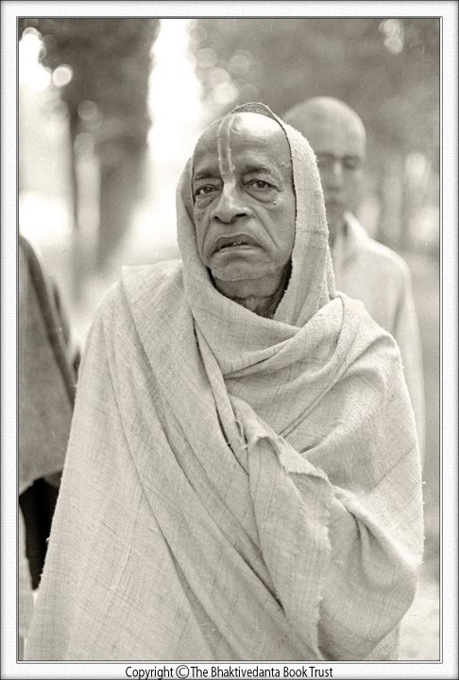This is a continuation from our previous posts, The Spiritual Master some time ago, and the further discussion in The Spiritual Master (Part 2) This is a fascinating account by Sriman Locanananda Prabhu revealing his insights into the ‘guru issue’ in our ISKCON society today, from his own personal understanding, and his realizations of the instructions given by Srila Prabhupada shortly before his untimely departure. Our obeisances to him for sharing his personal recollections and realizations. [Note: some of the other comments were edited out so as not to distract from Locanananda Prabhu’s train of thought. You can follow the entire stream of comments by going to Prabhupada News As I stated, this is a fascinating account, however, this does not necessarily reflect our views on the ‘guru issue’. But Locanananda Prabhu makes a very well stated argument, and we are in complete agreement with his assessment that “success in spiritual life, means following the instructions of the spiritual master”.
… the next step is to find a way to convince others of Srila Prabhupada’s actual intention in laying out a ritvik initiation system. It was not to end the parampara with himself as the last guru in our line. It was not to push aside what he himself referred to as the “law of disciplic succession.” It was to introduce a method by which millions of souls throughout the world could be initiated into the society of vaisnavas and attain the mercy of Krishna and the previous acaryas on their journey back to Godhead.
…everyone is taking shelter of Srila Prabhupada and receiving transcendental knowledge, but they are receiving so much more. By his grace, we will be able to enter the spiritual abode and interact with Krishna face to face. Without pleasing Srila Prabhupada, one cannot even make one iota of spiritual advancement.
…Srila Prabhupada had his reasons for introducing the title “officiating acarya” instead of “diksa guru” or “initiating spiritual master,” to designate the giver of diksa when he would no longer be present. Why devotees cannot accept Srila Prabhupada’s terminology is beyond my comprehension. As far as Srila Prabhupada’s present position, we can learn from a letter written to Brahmananda on Nov. 15, 1969 where he said,
“So far as I am concerned, in relationship with my disciples who are so kindly cooperating with me in the matter of my rendering service to my spiritual master, for them I am always ready to come back from Goloka Vrindaban, if they are not delivered along with me.”
The point made here is that one should think that upon his disappearance from our visual perception, the spiritual master has returned to Goloka Vrindaban. What he has left behind is the legacy of the temples he established, the Deities he installed and the body of instructions he imparted. By his inconceivable mercy, Srila Prabhupada, while residing in the abode of Krishna, continues to bestow his blessings upon us. As disciples, we should make every attempt to end the cycle of birth and death by preparing ourselves through the purificatory process of devotional service to go back to Godhead so as not to oblige the spiritual master to come back to this world to deliver us.
